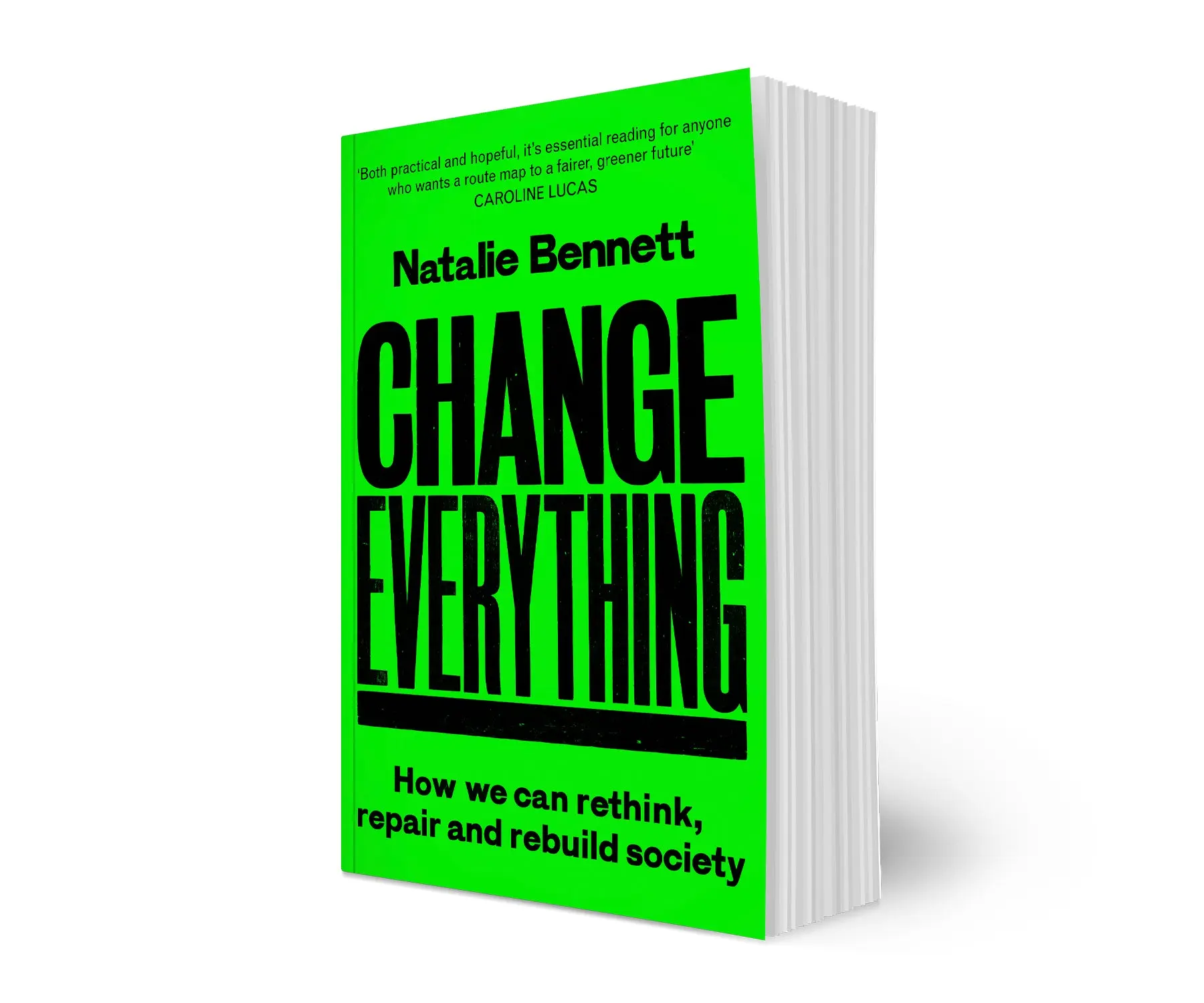A shorter version of this was first published on Blogcritics
Seeking to explore issues around gender and consumption, I plugged those two terms into abebooks, and one of the first texts that came up was The Sex of Things: Gender and Consumption in Historical Perspective, published in 1996. And it came up trumps.
As with any collection of essays, some of the 13 perspectives, which range from “women buying and selling in Ancien Regime Paris” to “melodrama and consumer nationalism in West Germany”, grabbed me more than others, but what this text overall does deliver is a very important, and much under-considered fact, that consumption patterns are very much historical artefacts, very much products of their time and place not just in the trivial manner of money and products available, but far more about the culture and psychology particular societies have produced – and particularly, given the important role of women in consumption, the place of women within them.
The summary essays introducing the book and each section are also very good at drawing out historical specificities, e.g. Victoria de Grazia in the introduction: “Always in the background looms what was to become the dominant model by the mid-20th century, that advanced by the United States. This model established the predominance of individual acquisitiveness over collective entitlement and defined the measure of the good society as private well-being achieved through consumer spending”. There she also reminds us that tensions around gender are most acute at times of social distress – worth thinking about as we enter critical financial and environmental problems.
And she sets out the traditional conflict over consumption in feminist debate: “Feminist inquiry has identified commercial culture as an especially totalizing and exploitative force, to which women are more vulnerable than men because of their subordinate social, economic and cultural position and because of the patriarchal nature of the organisation and the semiotics of mass consumption… One side assserts that mass consumption victimises women. Fashion codes and beauty standards are denounced as akin to purdah, footbinding or the veil – public sexual impositions on women, which, beyond domesticating women’s drive towards liberation, constrain them phsyically and violate their authentic selves. The other side argues that mass consumption liberates women by freeing them from the constraints of domesticity. Accordingly, they argue that women out shopping or otherwise practicising what has been called ‘style politics’ use the rituals of consumption … to bend the norms ordained by the market and to flout family and other authority.”
But that’s a general overview, and what these essays are concerned with are historical specificities – begining with the fascinating fact that the meaning of the term consumption changed in English between the 17th and 18th centuries, The old word was perjorative, meaning “to waste”, “to devour”, or “to use up”. And in France, there was a dramatic change in the relative value of men’s and women’s wardrobes. Around 1700 noblewomen’s were worth roughly double their mens, and that ratio also applied for artisans and domestic workers. After the middle of the 18th-century, however, the value of female wardrobes increased five to ten times more rapidly than men’s. On the even of the Revolution, a typical male artisan’s wardrobe was worth only one-tenth of his wife’s.
This last is from an essay that focuses particularly on the marchandes de modes (elevated female fashion retailers), and among them Rose Bertin, Marie Antoinette’s dressmaker. It explains the tension around the individual and the role.
“Marchandes de modes like Rose Bertin were… accused of haughtiness and impertinence. When a male aristocrat complained of the cost of his wife’s clothes, Rose Bertin is said to have retorted ‘Oh! is Vernet [a celebrated male painter] paid only according to the cost of his canvas and colours?’ When marchandes de modes claimed to posess genius and imagination as well as the skills of cutting and sewing were aristrocratic female customers to be thought of as their clientrs or patrons? And who, ultimately controlled fashion, aristocrats or shop-girls? Contemporaries feared that, freed from the twin pillars of male reason and aristocratic refinement, females marchandes de modes would not only corrupt the young women who worked in their shops and their female customers, as well as French taste, but ultimately imperil the economy.”
Frustratingly, the essay says nothing of Rose’s fate. (Wikipedia fills that gap – she fled to London for a pile, and eventually died peacefully in 1813.)
The next essay crosses the Channel, and looks at how gendered wardrobes played out in English politics – exploring the statement by John Bowles that English manliness derived from the constitution. It presents the struggle for broader representation of men as a struggle between the aristocracy and the middle classes over which was the more sobre, stately and manly. “In middle-class discourse, as in aristocratic discourse, temperance and patriotism still went in hand in hand, were still threatened by luxuury and enervation.” Thus early feminists faced a twin problem in trying to claim any space in the public realm – it was a site where manliness ruled and was exaggerated, and feminity was defined by its association with luxury (with elite women being the guardians of fashion to which other classes were expected to moderately aspire). Thus “early feminists had to both denaturalise the feminisation of fashion and degender virtue”.
read more »

 About
About